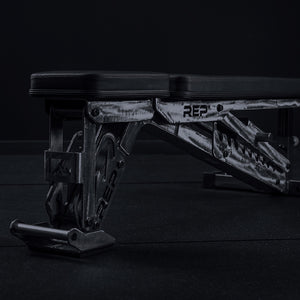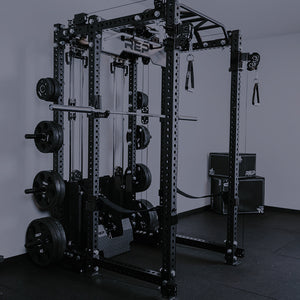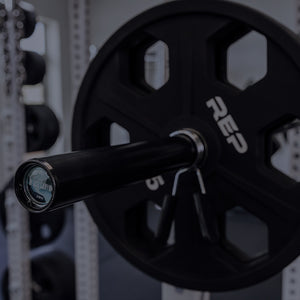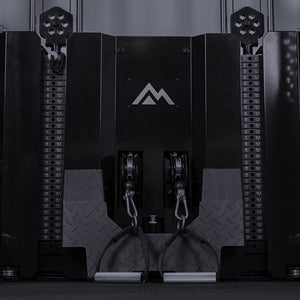
You got a sick pump. Your body is calling for post workout recovery. You’re sweaty and stinky.
It’s easy to want to bolt after a workout and skip the cooldown stretches. But slow down, tiger.
A cooldown is an essential part of any workout for many reasons, playing a crucial role in your overall exercise routine by aiding in recovery and reducing the risk of injury.
Cooldown Meaning and Why You Shouldn't Skip It
The work is done, now it's time to slow things down. Here are a few reasons why you shouldn’t skip your cooldown after exercise.
Gradually Lowers Heart Rate and Breathing: After intense physical activity, abruptly stopping can cause blood to pool in the extremities, which may lead to dizziness or fainting. A cooldown helps gradually decrease your heart rate and breathing back to resting levels, promoting a smoother transition from exercise back to a state of rest.
Reduces Muscle Soreness: Engaging in a cooldown phase that includes stretching after working out can help alleviate muscle tightness and reduce the intensity of delayed onset muscle soreness (DOMS). This is because stretching helps to lengthen the muscles that have been contracted during exercise, reducing tension and potential soreness.
Improves Flexibility: Regular after workout stretches can lead to improvements in flexibility over time. This increased range of motion can help improve your performance in future workouts and reduce the risk of injuries.
Promotes Relaxation: The cooldown phase provides an opportunity for mental relaxation and reflection on the workout performance. This can help reduce stress and increase the psychological benefits of exercise, including improved mood and a sense of accomplishment.
Assists in Waste Removal from Muscles: Light aerobic activity during the cooldown helps increase blood circulation, which can assist in the removal of waste products from the muscles, such as lactic acid, that can accumulate during vigorous activity. This process can help in reducing muscle stiffness and discomfort.
Prevents Venous Pooling: Gradually reducing the intensity of your workout helps prevent venous pooling, a condition where blood accumulates in the lower extremities (like the legs), which can happen if you suddenly stop exercising and the heart rate drops quickly. This is particularly important for preventing dizziness or potential fainting spells after strenuous activity.
Facilitates a Better Recovery: By including a cooldown in your exercise routine, you're helping your body transition to recovery mode more effectively. This can lead to better adaptation from your training sessions, meaning you get more benefit from the work you've put in.
Why is it Important to Cooldown After Exercise?
Incorporating a cooldown into your workout routine, which could include activities such as light jogging, foam rolling, peddaling an exercise bike at a slow cadence, or walking followed by stretching, ensures that you finish your exercise session as effectively as you started it. It's a vital part of taking care of your body — ensuring you can keep getting those sick pumps for years to come.
Aimee Heckel, CPT, is a health and fitness journalist with over 20 years of experience. She set an all-time world-record deadlift in her division across all powerlifting federations at Mr. Olympia. In addition, she earned a national deadlift record and 18 Colorado state records. Heckel also has nine world records in grip sport, a pro card in natural figure bodybuilding, four first-place bodybuilding titles, and was named IPE Ms. Colorado Figure.
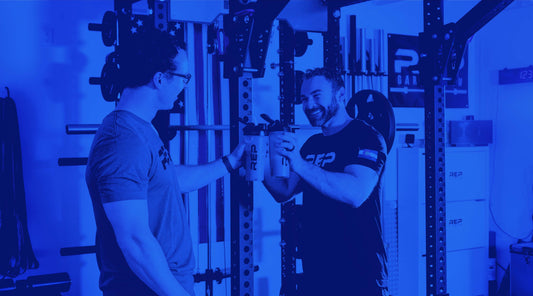
NEWSLETTER SIGNUP
Product launch information, promotions, blogs, and REP news.

